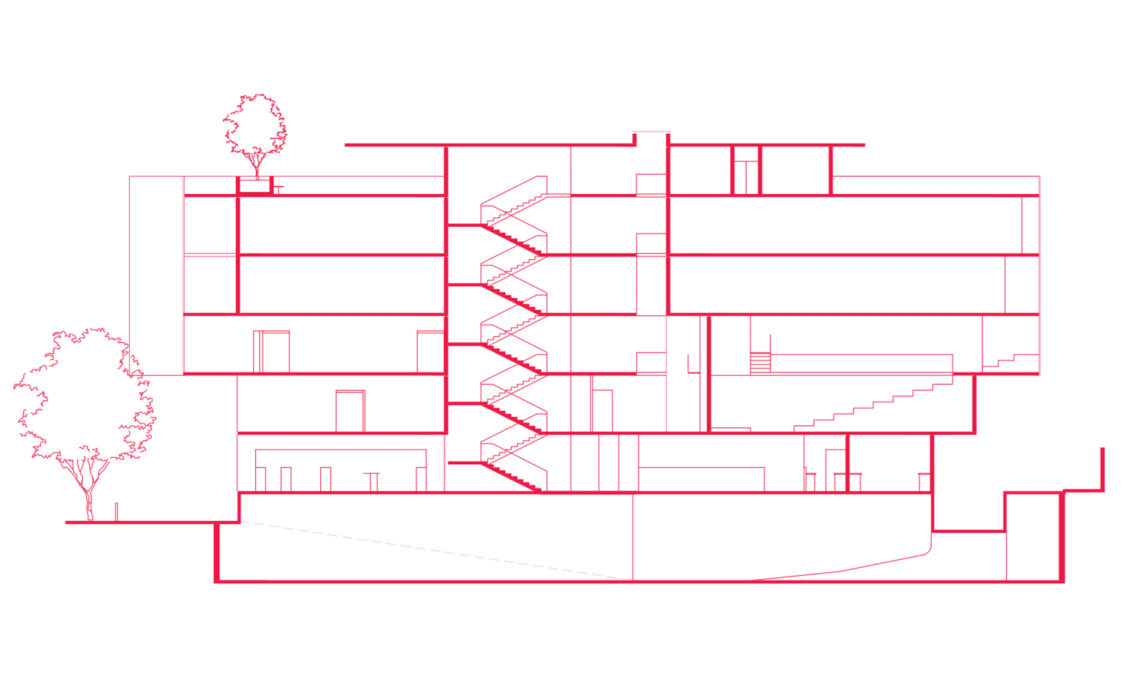Related Articles
Lionel Messi experiences Indian traditions and spends time with wildlife at Vantara
Global football icon Lionel Messi made a special visit to Vantara, a wildlife rescue, rehabilitation and conservation centre founded by Anant Ambani. At the...
सीमाएं बदलीं, आस्था नहीं: हिंगलाज माता और भारत–पाकिस्तान की साझी विरासत !
पाकिस्तान के बलूचिस्तान में आस्था का चमत्कार, जहां सदियों से हिंदू-मुस्लिम एक साथ पूजते हैं ‘नानी मां’! रेगिस्तान, पहाड़ और सूनी वादियों के बीच...
CSR News: Laborate Pharmaceuticals Launches Green Initiative with Over 500 Trees Planted
Panipat, Haryana: Laborate Pharmaceuticals, one of India’s prominent pharmaceutical manufacturing and exporting companies, has strengthened its environmental responsibility efforts through the plantation of over...


